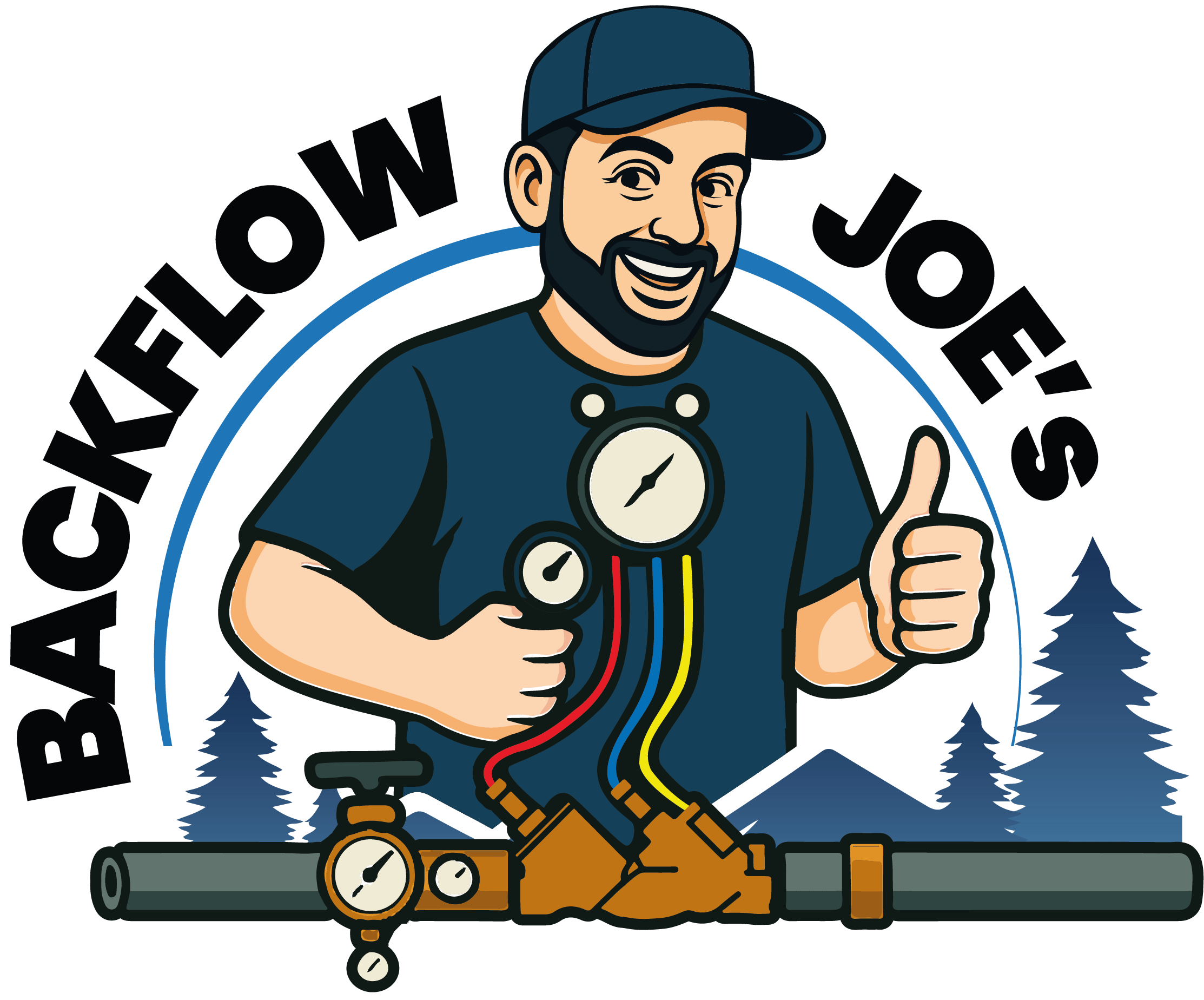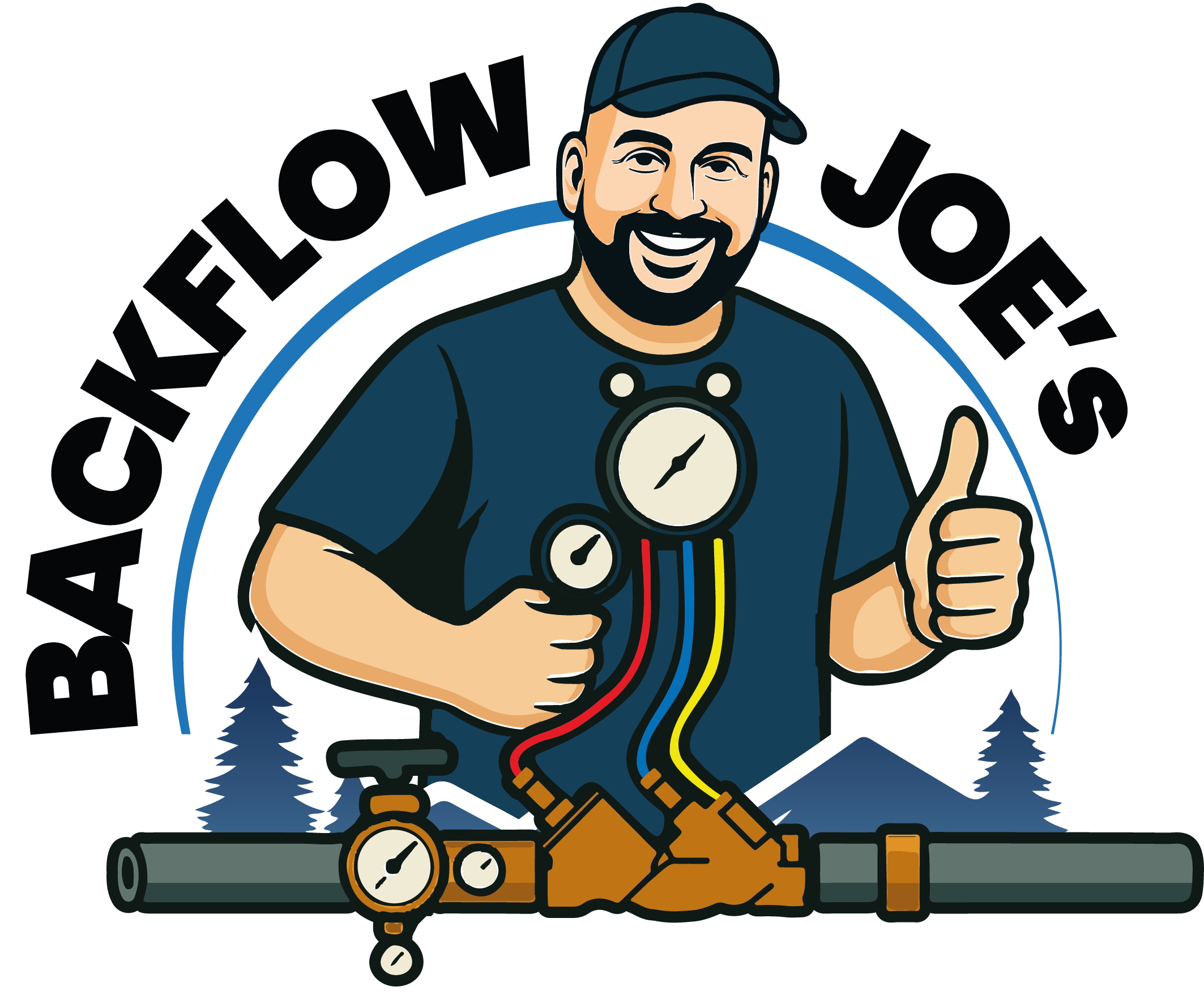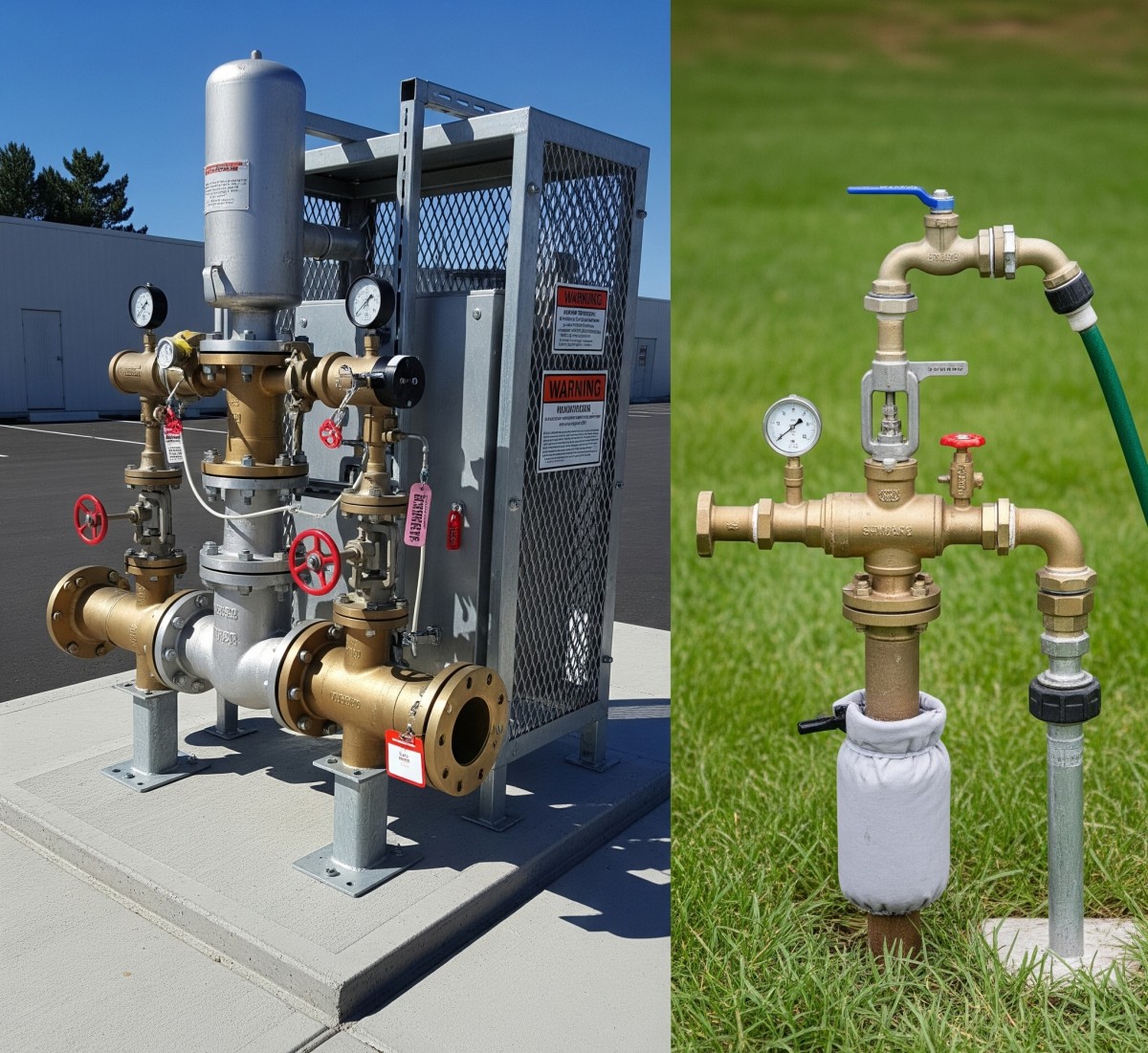When installing backflow preventers, it is easy to assume, “Well, it’s all pipes and valves—how different could it be?” Commercial and residential installations, however, exist in two quite different worlds. Sure, the objective is the same—keeping your water free from contamination—but the size, dimensions, equipment, and methodology can be significantly different.
We do it all at Backflow Joe’s. We know from experience how commercial installation in a mall is a whole different ball game than a residential job in a homeowner’s backyard. So, let us identify the differences so you can anticipate what is coming, whether you are guarding a single-family residence or a multi-unit complex.
1. Scale and Complexity
The most evident distinction strikes you as soon as you arrive at the job site. A residential backflow preventer will normally be compact, simple, and connected to one single residence’s water system. Most residents only require a single unit—to guard their irrigation system or against garden hose backflow.
Commercial properties? Whole different ball game. You are often looking at multiple preventers, each handling different branches of the system—domestic water, fire suppression lines, irrigation, and sometimes specialty equipment. The piping is larger, the layout more complex, and the stakes higher.
Ponder it this way: A residential installation is like putting on a lock at your front door. A commercial installation is like implementing a security system for an entire building.
2. Code Regulations and Requirements
Both kinds of installations are subject to plumbing codes and regulations in the area. But commercial installations have more stringent regulations—and more levels of them.
For a home project, you will have to comply with local codes, water department regulations, and occasionally a neighborhood association if it is in a controlled neighborhood. The forms are typically minimal, and inspections are expedient.
On the commercial level, things can be more complex with state codes, municipal codes, insurance requirements, and industry-specific regulations. You might be required to submit plans of time, make multiple inspections, and communicate with various departments.
A single overlooked detail can hold approvals, and that is the reason commercial work calls for experienced installers familiar with the codes in and out.
3. Pressure and Flow of Water
This is where physics begins to come into play. Home systems tend to run at lower pressures of water. The backflow preventers are lighter, smaller, and less burdensome to maneuver.
Commercial buildings, particularly high-rises, factories, or big-box retail, can function under much higher pressure. That requires you to use bigger, heavier-duty preventers that can maintain constant high-volume flow without failure.
It also means installation can take specialized equipment just to lift and put the units in place—something you will never require for a standard home system.
4. Installation Location
In residential installations, the backflow preventer is typically located outside next to irrigation control valves or water meters. It is within easy reach for testing and maintenance.
Commercially, the installations can be inside or outside, depending on the building configuration and use of the system. In a few instances, the units are installed in mechanical rooms or behind locked utility gates. Others may be installed in vaults underground, which need confined-space safety procedures.
In general, residential work is easily accessible. Commercial work can have you crawling through cramped areas, working in high places, or working in extreme heat.
5. Testing and Maintenance Requirements
All backflow preventers require yearly testing. But the process of evaluating a commercial system is much more complex.
A resident unit could take 15–20 minutes to evaluate. A commercial facility with several units could take several hours, particularly if they are scattered around. In certain industries, you also need to evaluate more often—quarterly or even monthly—since the potential for contamination is greater.
Commercial maintenance tends to be more about coordinating with property managers and security staff and shutting down water to a particular area. In residential areas, you are just coordinating with the homeowner.
6. Cost Factors
This is where most people feel the difference. Residential installations are normally simple, which keeps the labor costs lower. The units themselves are smaller and less expensive, and you hardly ever need anything extra beyond the essentials.
Commercial installations? Bigger, more complex, and often more expensive in every category, materials, labor, equipment, permits, and ongoing maintenance. The upside is that these systems are built to last, and proper installation can save thousands on long-term repairs or water damage.
7. Who You are Working With
Another subtle but significant difference is who is on the other side of the project.
In residential work, you are collaborating directly with the owner. Decisions are fast, and there is typically one person to report to.
In commercial work, you could be communicating with a property manager, a facilities manager, a general contractor, or even a city inspector in the same job. All have various priorities and timelines. This introduces another level of coordination that most owners will never notice.
Why the Differences Matter
Some are curious why the distinctions are necessary to know, can’t a backflow preventer be a backflow preventer, after all?
The fact is that knowing the differences is what ensures getting it right the first time. Putting a residential unit into a house like a commercial one might be overkill—and putting a commercial unit into a commercial building like a residential one may not work when it is needed most.
For instance, installing a light-duty residential preventer into a high-pressure commercial system is like attaching a garden hose nozzle to a fire hydrant. It will not last long, and the results could be critical.
Backflow Joe’s Method
At Backflow Joe’s, we customize each installation to the individual property and system. For homeowners, which involves fast, efficient installs that keep prices affordable while fulfilling every code compliance. For commercial customers, which involves spending the time needed to design, plan, and install a system that will accommodate the needs of the property without compromising.
The Bottom Line
The difference between commercial and residential backflow installation is not about size, it is about scale, complexity, and responsibility. Both protect water quality. Both prevent contamination. But the path to getting there can be quite different.
If you are a homeowner, you need an installer who will keep things simple and affordable without cutting corners. If you oversee a commercial property, you need an installation crew that recognizes the larger picture—how to comply with tight regulations, deal with intricate layouts, and maintain your system for years to come.
Regardless of which way you are learning, Backflow Joe’s has the expertise to do it correctly. We install more than just equipment. We safeguard your water, your home, and your peace of mind.
Call us today or visit to schedule your annual test. Your water—and your peace of mind—depends on it.
Contact Backflow Joe’s today and schedule your certified backflow test.
Your water deserves it.






